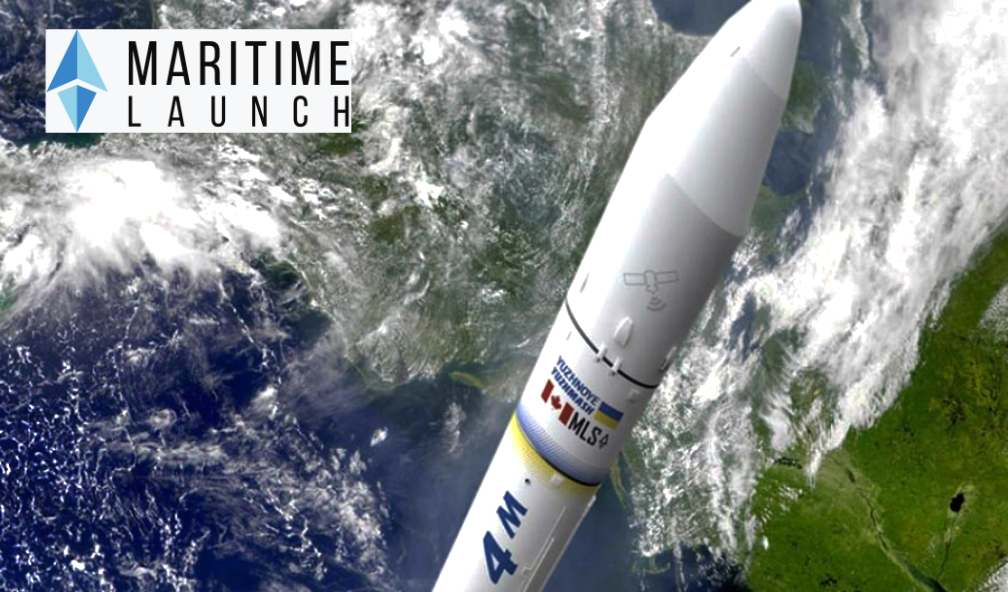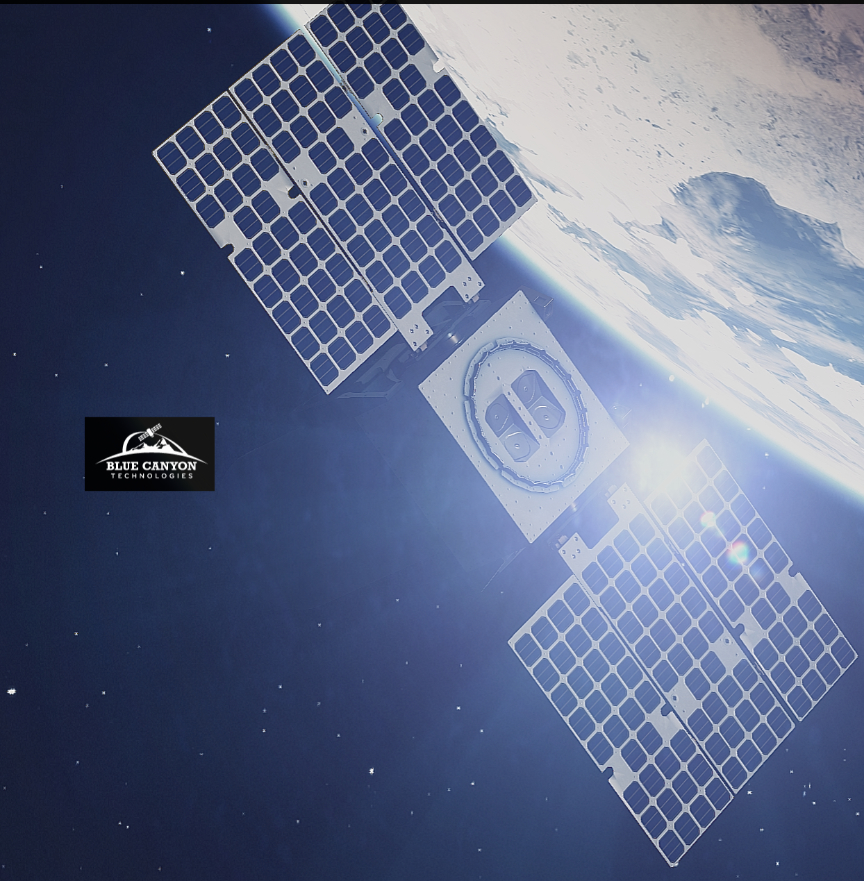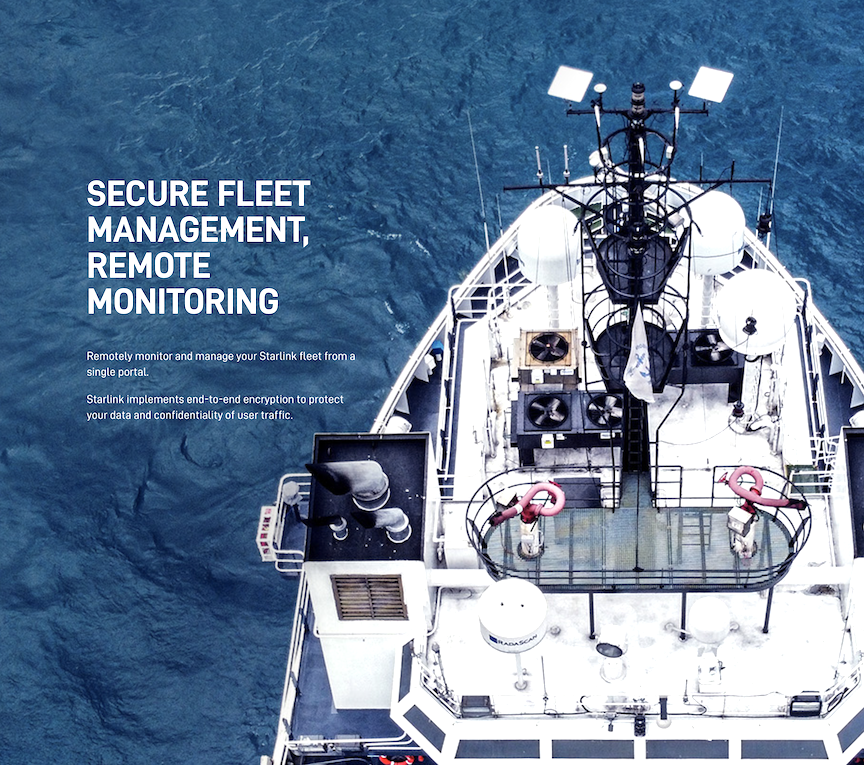
DARPA‘s goal for their Space-WATCH program is to provide real-time, persistent tracking of all objects in LEO so that when an anomalous action occurs, operators can be notified in a timely fashion, allowing them to plan and execute appropriate actions.
To accomplish this goal, Space-WATCH aims to capitalize on the enormous volume of low-cost, in-situ sensors in LEO on both commercial and government satellites that can contribute to continuous detection and tracking of nearby objects, identify when an anomaly or unexpected event/movement occurs, and then provide relevant details in a timely fashion to ground-based operators who can then direct appropriate action.
Critical to this process will be the establishment of an “as-a-service” model to incentivize data collection from non-government owned sensors that can be processed to form a single operational picture of LEO.
The U.S. Government, specifically the Department of Defense (DoD) and Department of Commerce (DoC), continue to make significant investments in addressing the Space Domain Awareness (SDA) mission. As the proliferated LEO (pLEO) commercial and defense ecosystems grow the need for understanding the environment is growing along with it.
At its most fundamental level, SDA is required to ensure safe satellite operations and good stewardship of space, much in the same way that the Federal Aviation Administration (FAA) fulfills this role for air traffic. Currently, sensing and tracking of space objects is conducted by the Space Surveillance Network (SSN), which primarily uses ground-based radars. Space-WATCH seeks to overcome the limitations of these ground-based sensors and add capability and capacity by moving observations from the ground to constellations of satellites throughout LEO.
Specifically, Space-WATCH seeks to leverage the growing number of commercial LEO constellations carrying low-cost but highly proliferated sensor technology to gain situational awareness throughout LEO at a fraction of the cost of the existing ground-based approaches. This will provide the opportunity for commercial LEO operators to capitalize on an additional revenue stream by providing on-orbit observations that will make the LEO environment safer for all participants.
Download the DARPA solicitation PDF at this direct URL…

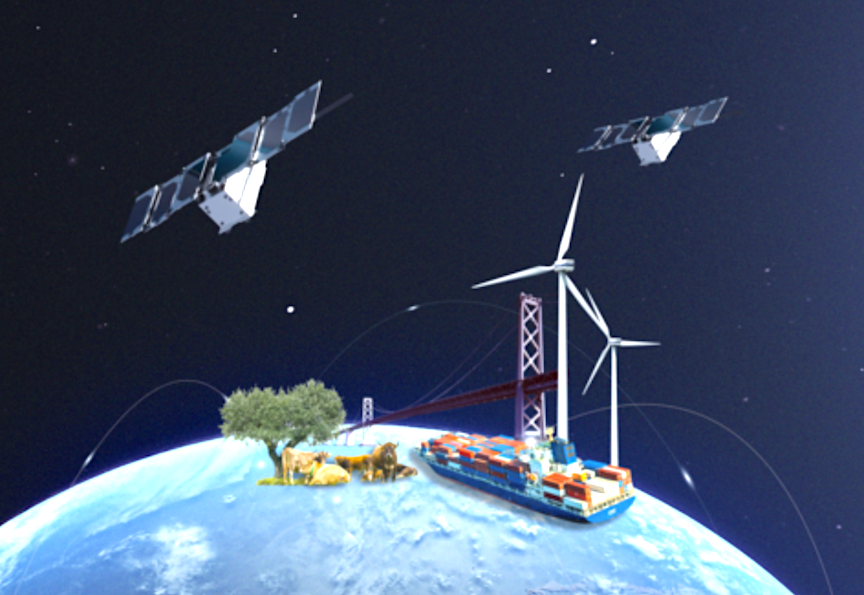
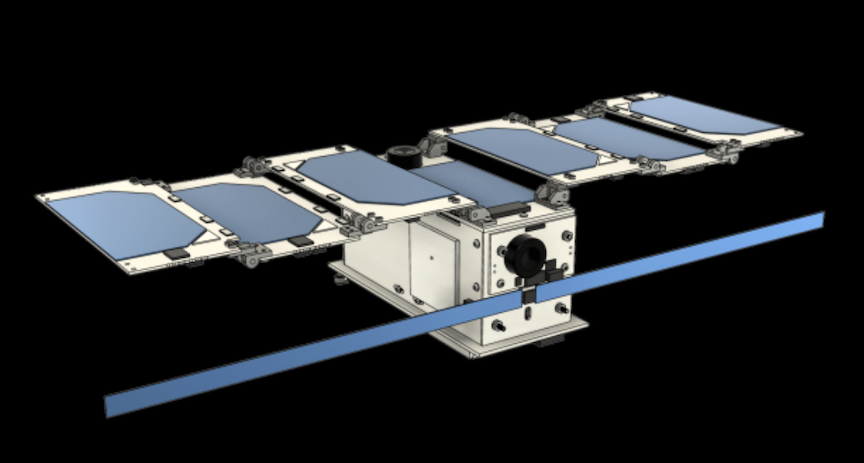
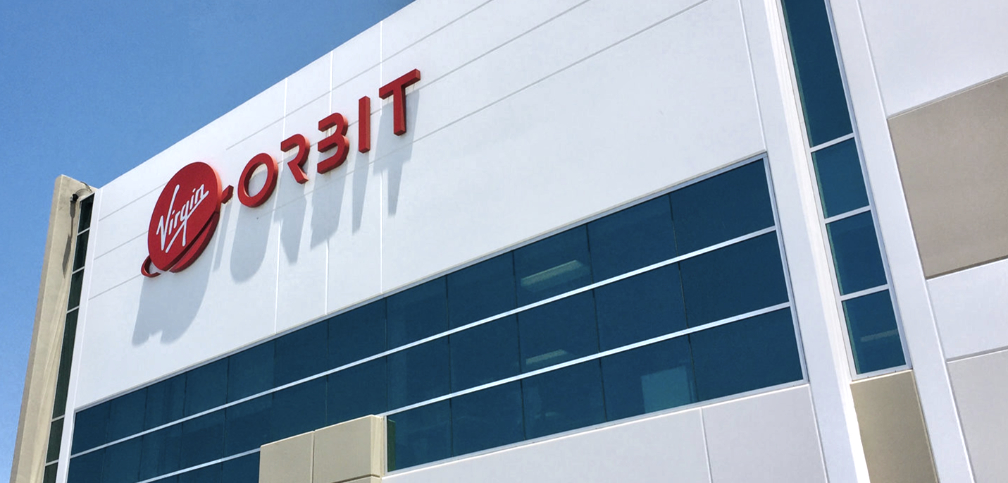
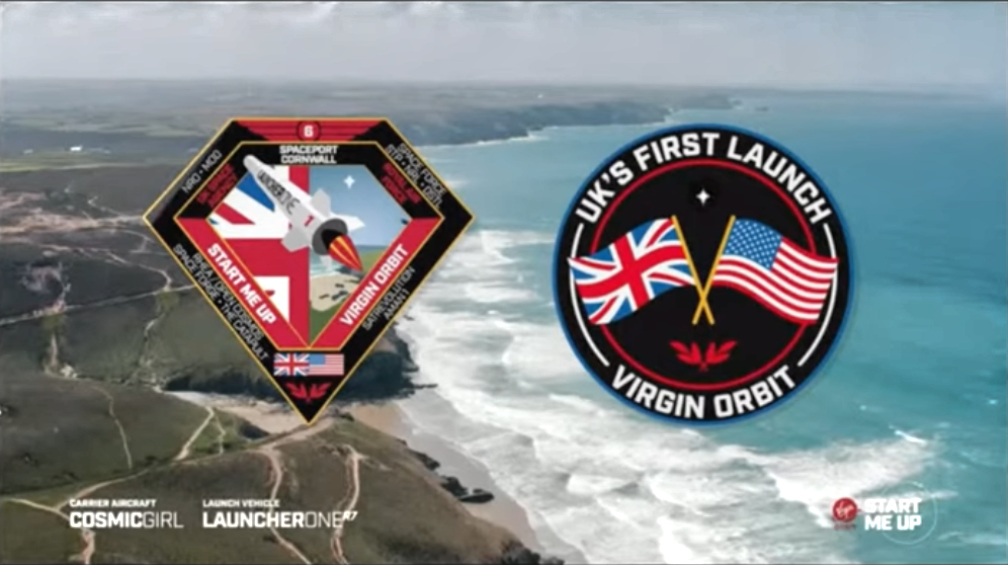
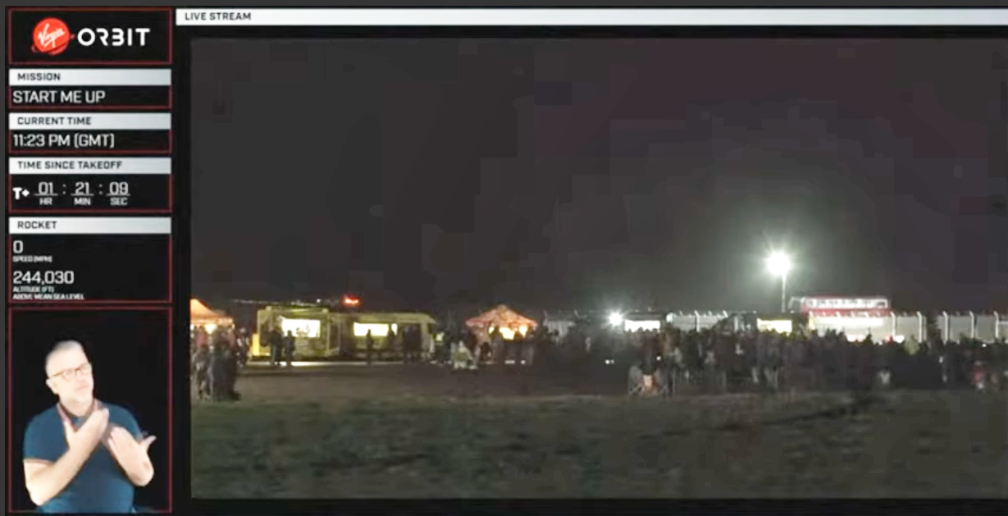
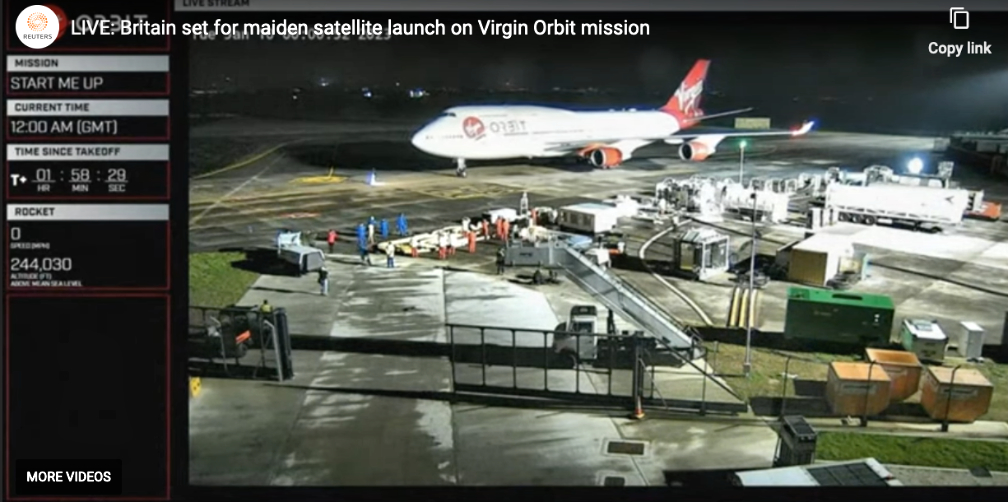
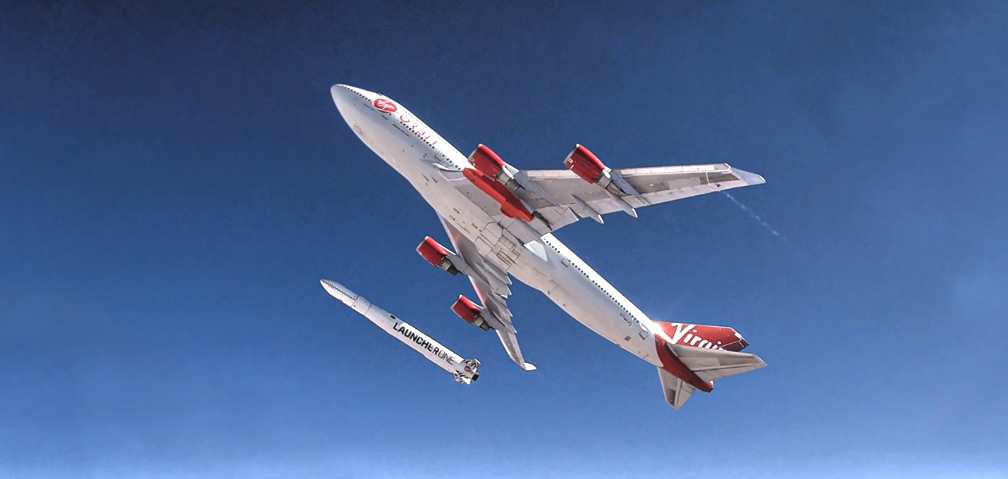
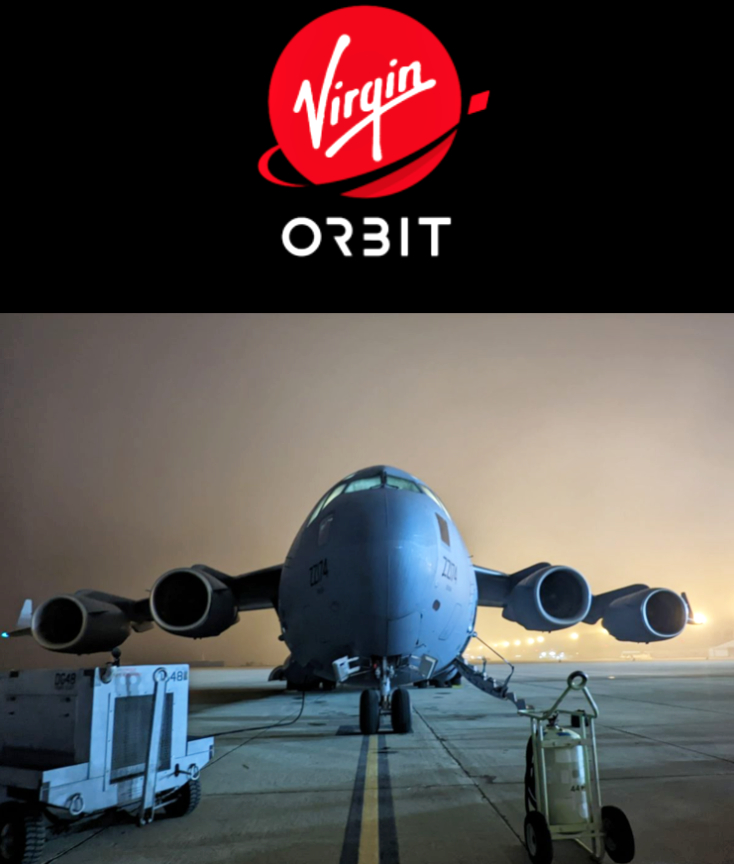
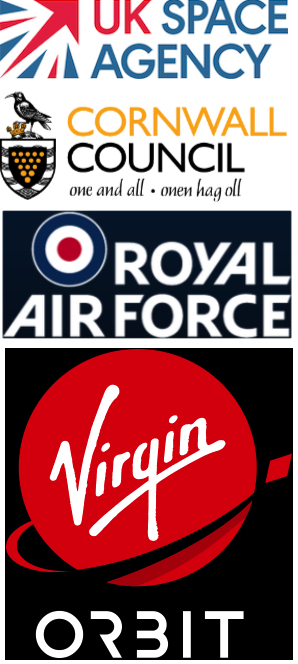
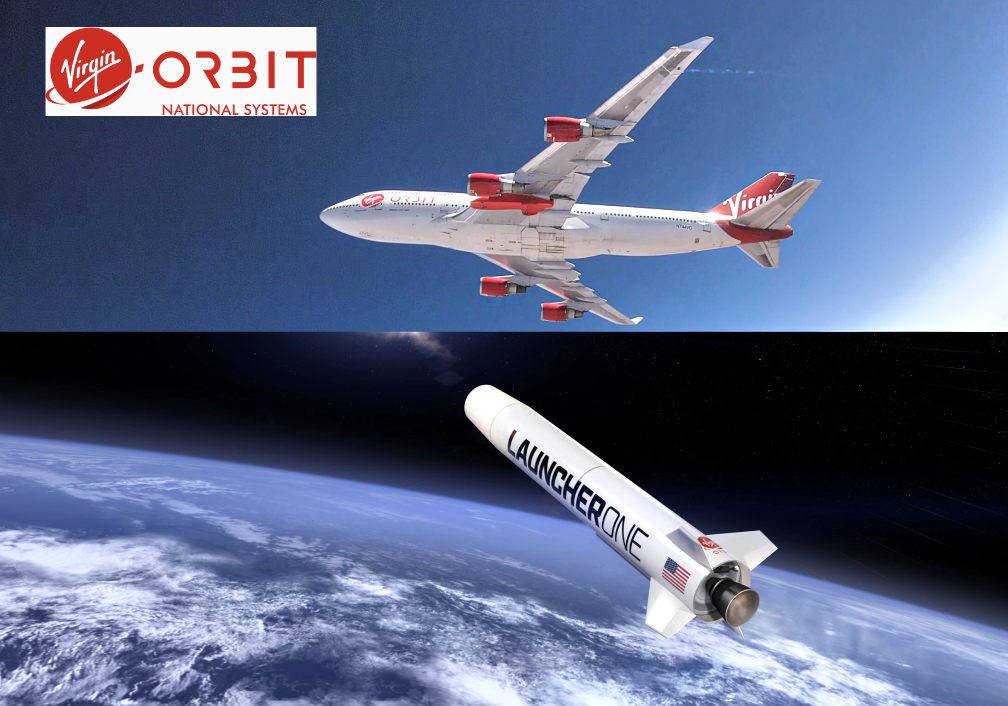
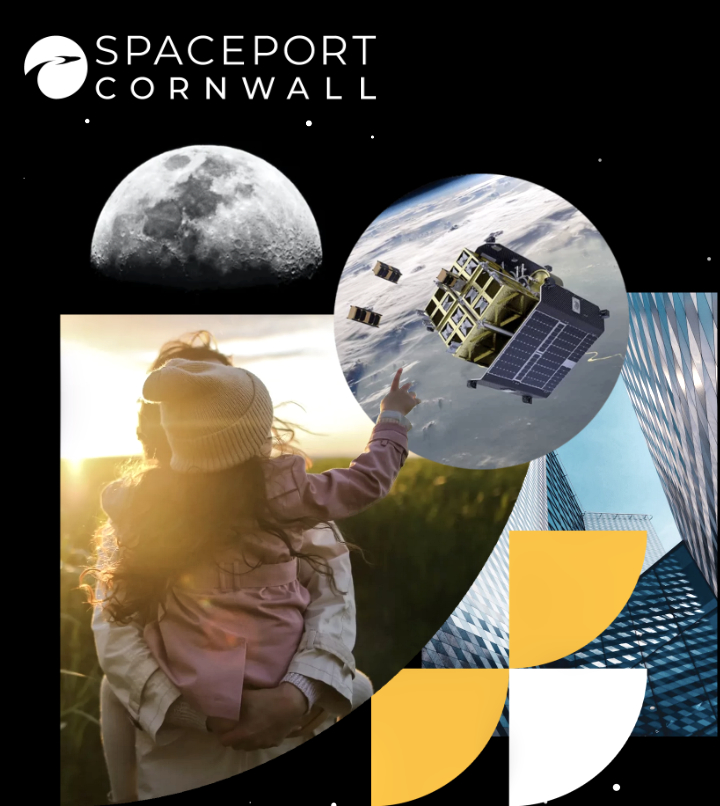
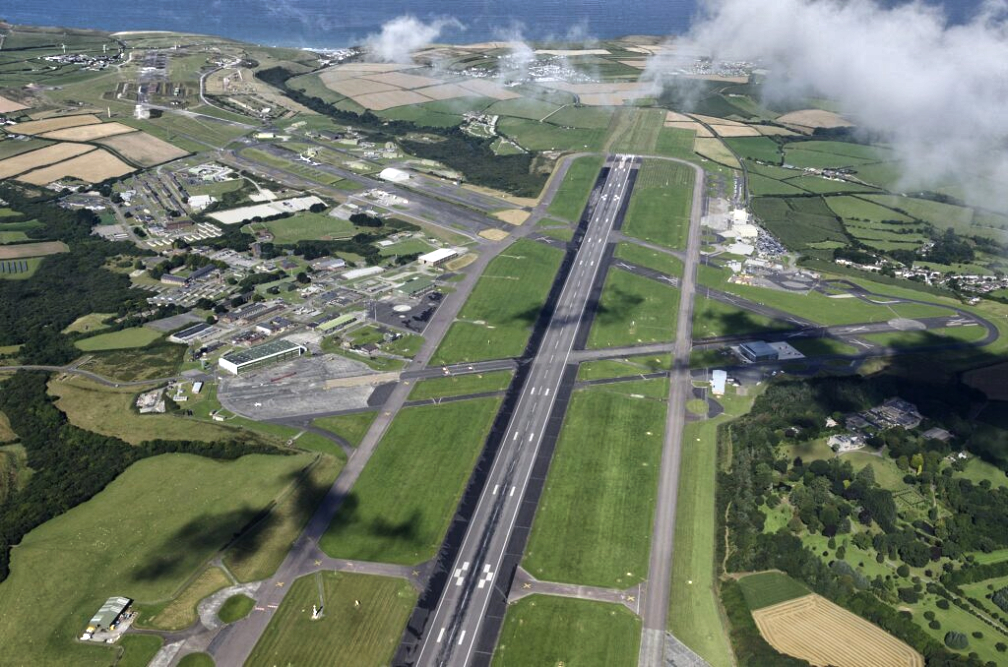
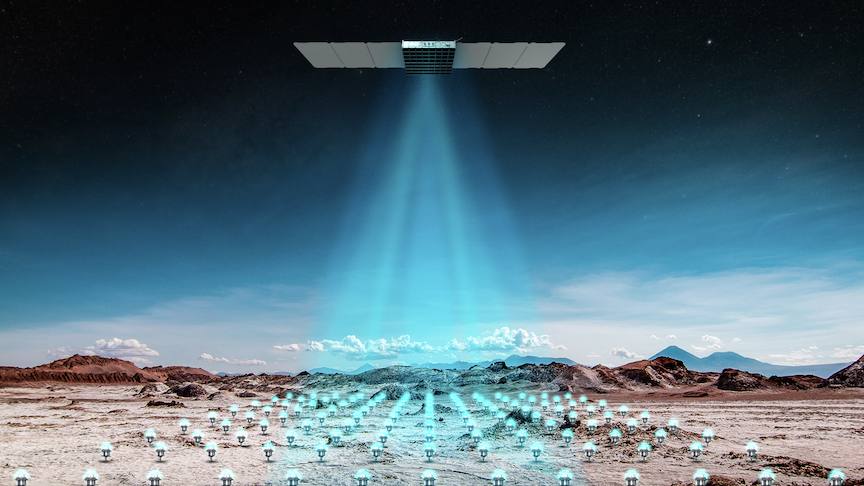
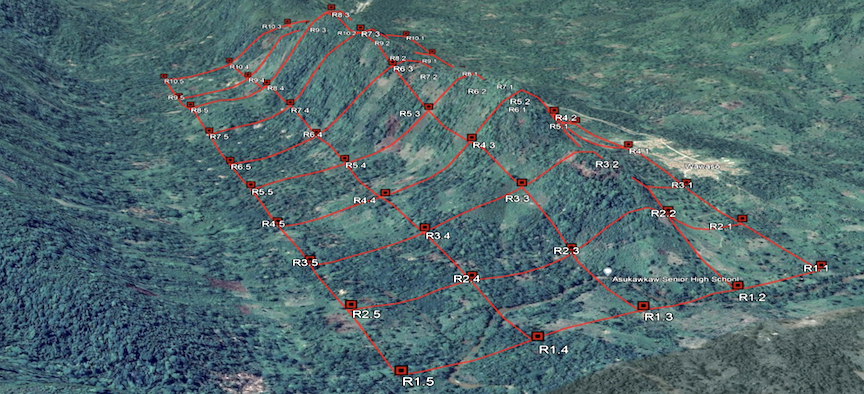
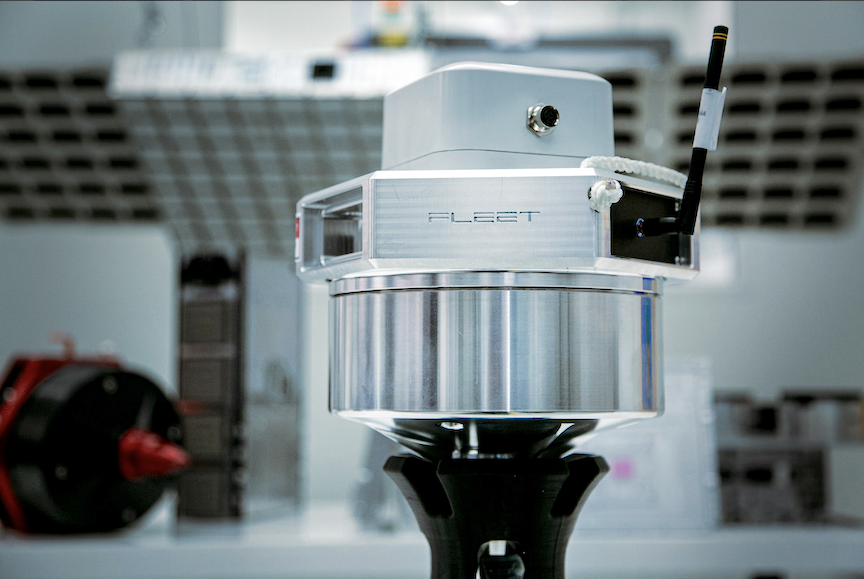
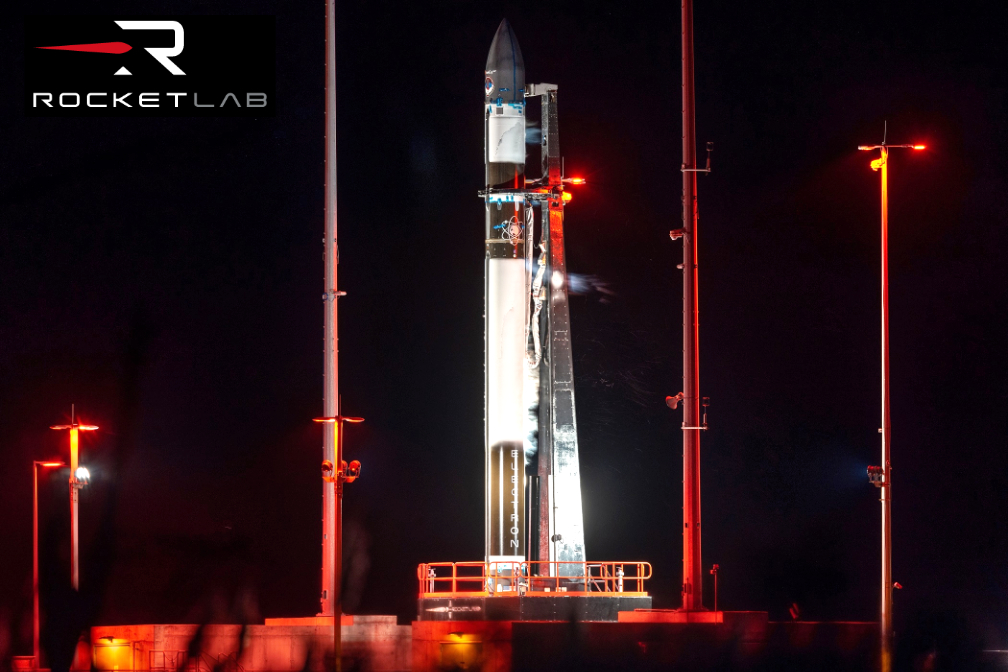
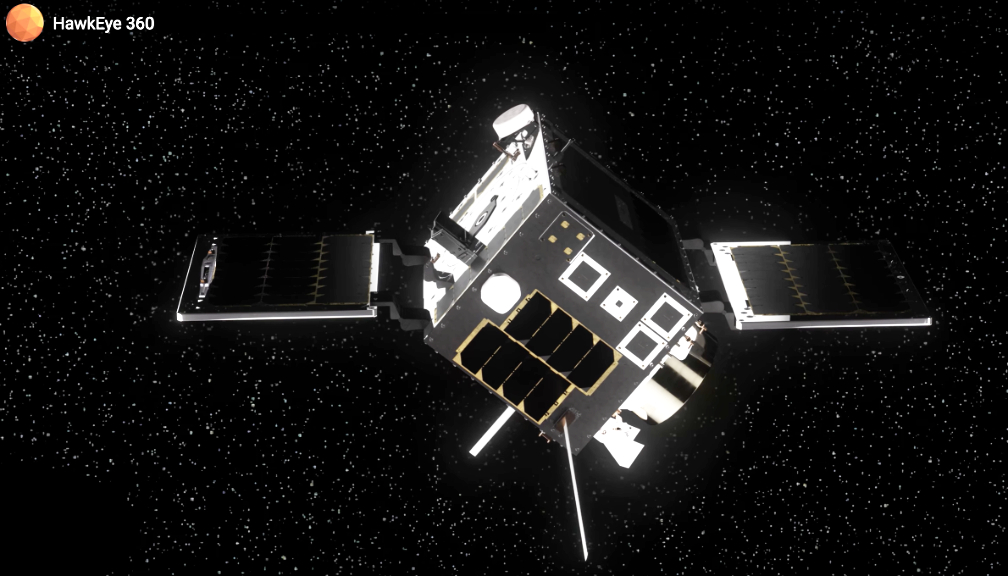
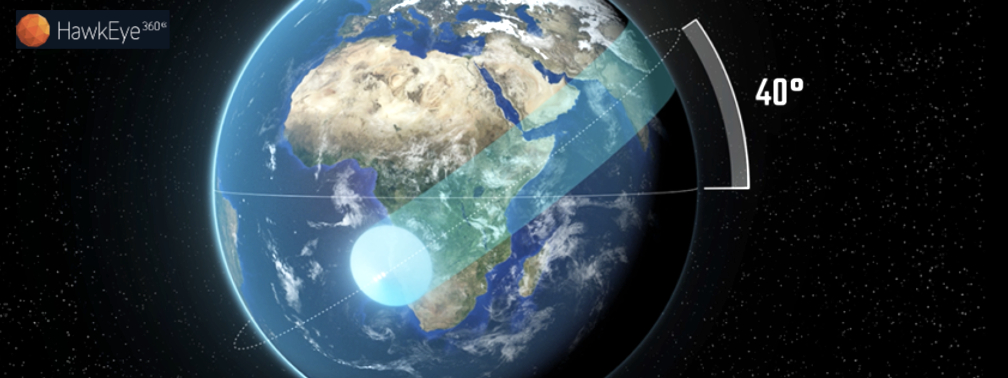
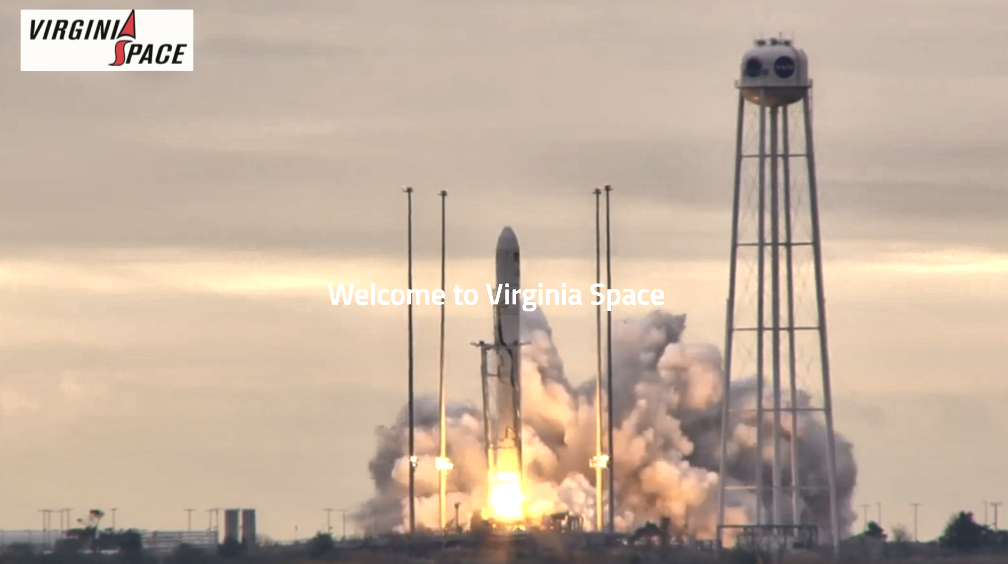
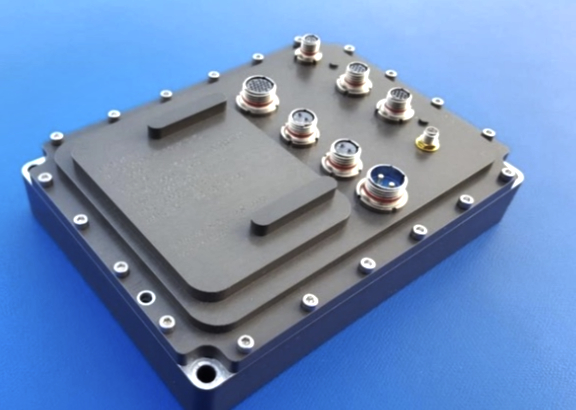
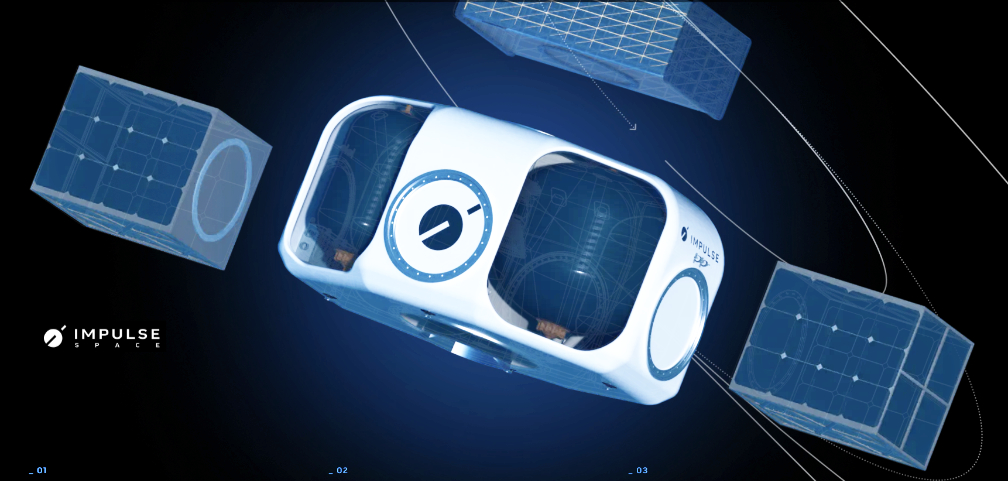
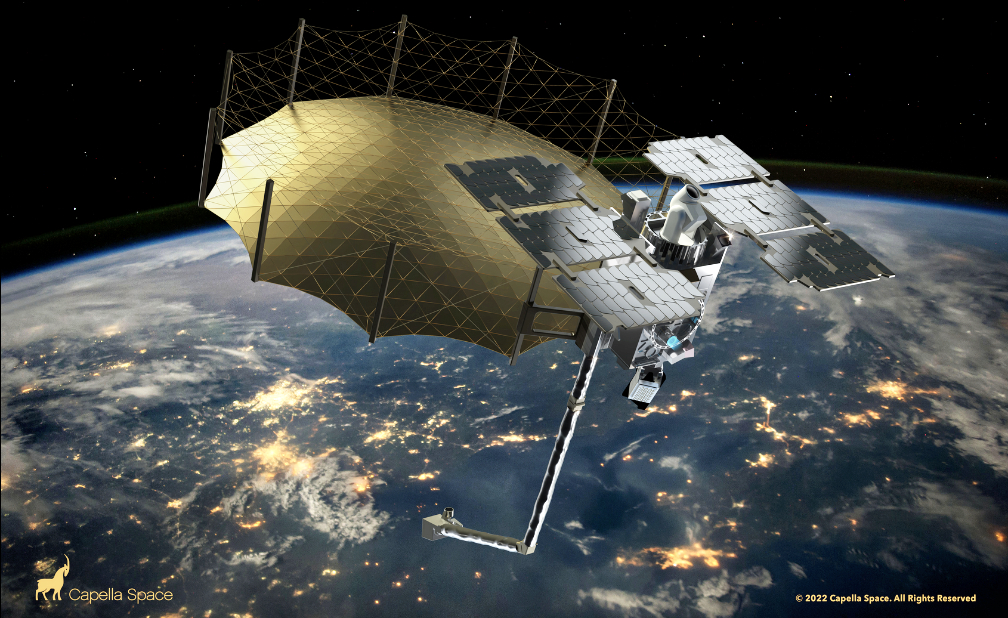
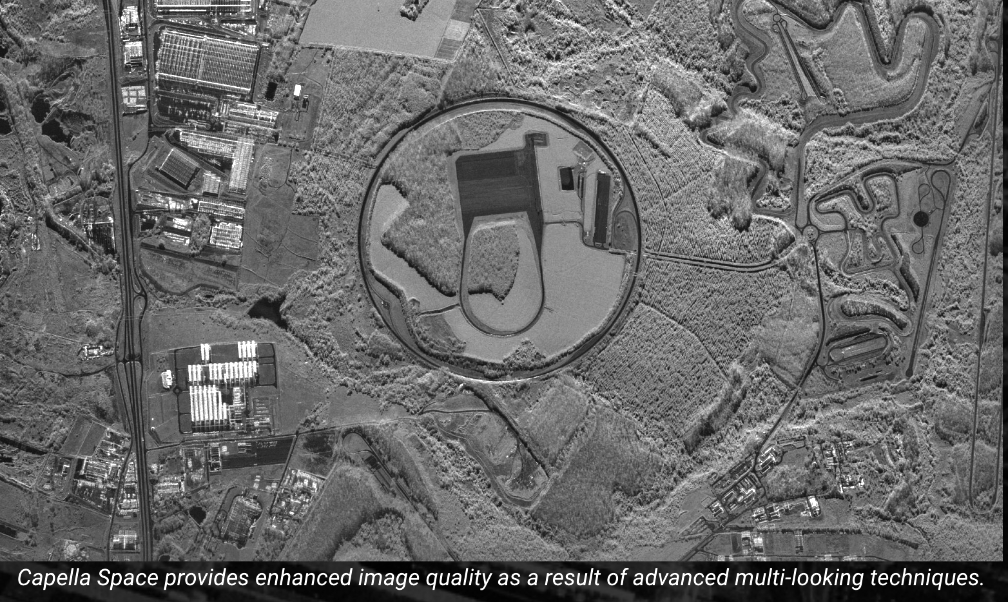
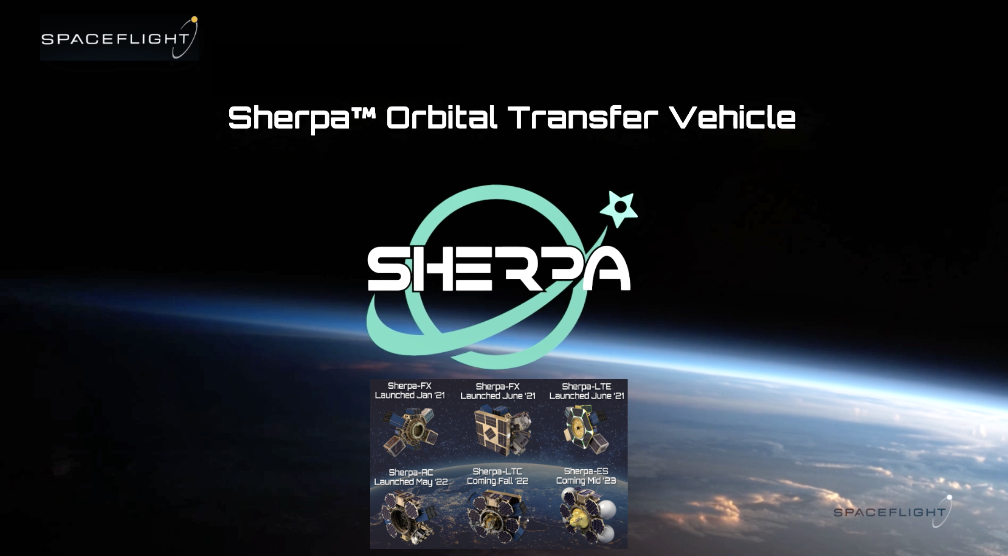
 ) Orbital Transfer Vehicles (OTVs)
) Orbital Transfer Vehicles (OTVs) 